Editorial: Could a little more paint save rainbow crosswalks? Only if Florida leaders play fair
Published in Op Eds
There was a time when same-sex couples walking in downtown Orlando, Delray Beach, Mount Dora or even Key West would be afraid to hold hands. There was a time when many members of the LGBTQ+ community were careful to evade the spotlight, even among the people who knew them best. There was a time when loving someone of the wrong gender could result in harassment, arrest or a savage beating.
This, thank God, is not that time. And across Florida, many local government agencies have taken steps to make sure that time never comes again. This is not a political matter. This is a statement of respect for human life, happiness and dignity — written in stickers proclaiming businesses to be refuges against bullying, in flags flying proudly from city lampposts, in brightly colored paint applied to road surfaces at high-traffic intersections.
State and federal officials want to erase those markers of respect and affirmation. Last month, a communique from U.S. Transportation Secretary Sean Duffy ordered states to identify cities that had rainbow-themed crosswalks and other art painted on asphalt. His official letter preached about public safety, but he later revealed his real motives on X: “Taxpayers expect their dollars to fund safe streets, not rainbow crosswalks,” he posted.
Duffy’s ignoring evidence that cities can readily do both. There’s no proof that road safety suffers from designs painted on the streets, be it multicolored crosswalks, swans or oranges — all of which can be seen on asphalt in downtown Orlando. In fact, a recent study by Bloomberg Philanthropies supports a 50% reduction in crashes at intersections that have painted designs on the asphalt.
The rainbow aggression
The state followed up with letters to many local jurisdictions with rainbow-painted crosswalks. Many of them surrendered without a fight. West Palm Beach, Gainesville and Boynton Beach are among the cities that plan to remove their rainbow crossings.
But a few cities pushed back, including Delray Beach and Key West. Last week, those cities were targeted with overbearing letters from Florida Department of Transportation district offices: Destroy the crosswalks by early September, or we’ll do it for you — and send you the bill.
It’s an outrageous move, and one that should inspire defiance. Key West leaders have made it clear they intend to fight.
“This represents one human family. That’s what we recognize here,” Key West Mayor Danise Henriquez told the Orlando Sentinel on Tuesday. Though the state initially identified only two of the four crosswalks at the intersection of Duval and Petronia streets, Henriquez says the city has now been told that all four are in violation. Key West representatives plan to be at a Sept. 2 meeting in Orlando, though state officials warned them in last week’s letter not to ask for any variance or special permission.
Tuesday night, Delray Beach officials said they also planned to challenge the state’s bullying.
A thin white line?
Here’s what the state isn’t telling those cities — something that might explain why the city of Orlando hasn’t received a similar nastygram. At first, we suspected that it might be due to the fact that Orlando’s iconic rainbow-hued crosswalk, which traverses Esther Street parallel to Orange Avenue, leads to the site of the Pulse nightclub and is a planned part of the memorial the city plans. Even the DeSantis administration might have some qualms about sanding off crosswalk markings within sight of the club where 49 people died in the early morning hours of June 12, 2016.
But a few things have come to light since then, and they could illuminate a means for Florida cities to keep their expressions of love and inclusivity — while still maintaining the letter of highway-safety laws.
There’s a significant difference between Orlando’s rainbow crossing and those in other cities. The Esther Street crosswalk is bounded on its outer edges by white paint, and the colors are also separated by white stripes. That preserves the U.S. Department of Transportation’s required form for a pavement-painted crosswalk, city officials say.
Orlando’s Pulse crosswalk was reinstalled last year as part of the extended rehabilitation of Orange Avenue, she says. Not only did the state DOT approve the design, it helped pay for the re-creation of the crosswalk.
“We met all the the criteria the DOT said were needed,” Orlando City Commissioner Patty Sheehan said. “Our decorative crosswalks are there not to make politic statements, but to porovide for safety.”
But the Delray Beach crosswalk doesn’t have those white bars. Two of the Key West crosswalks have their colors separated by black lines, Vasquez says — but the other two are pure rainbow hues. The same is true of crosswalks in other cities targeted by the Florida DOT.
We could be wrong: It might be that the state still intends to go after Orlando, Miami, St. Petersburg, Fort Lauderdale and other cities with rainbow crosswalks or intersections. But what if a few buckets of white paint could save the crosswalks? If the state is really intent on enforcing crosswalk-marking standards and not just intent on pushing a hateful, exclusionist agenda, the answer will be yes.
Not surprisingly, there’s no mention of a proposed fix in the August 15 letters sent to Key West and Delray Beach, just threats to withhold state transportation funding if the cities continue to be defiant. High-ranking state officials are clearly more interested in a high-profile flex that asserts state dominance and demonstrates scorn toward LGBTQ+ residents. They apparently want to make a humiliating spectacle of cities that dared signal support for the LGBTQ+ community in the first place, forcing them to scrub away their own evidence of inclusion.
We’d like to see all Florida cities with rainbow crosswalks respond with the same offer: We’ll follow the rules and add the white markings, but we’re keeping the colors too. Some may see this as malicious compliance. In reality, it’s a rational attempt at a compromise that addresses any possible problems with public safety — while preserving the spirit of public acceptance and alliance.
If DOT officials balk, they’ll reveal their true motives, proving that their aggression against rainbow crosswalks is about bigotry, not safety.
____
The Orlando Sentinel Editorial Board consists of Opinion Editor Krys Fluker, Executive Editor Roger Simmons and Viewpoints Editor Jay Reddick. Contact us at insight@orlandosentinel.com
©2025 Orlando Sentinel. Visit at orlandosentinel.com. Distributed by Tribune Content Agency, LLC.
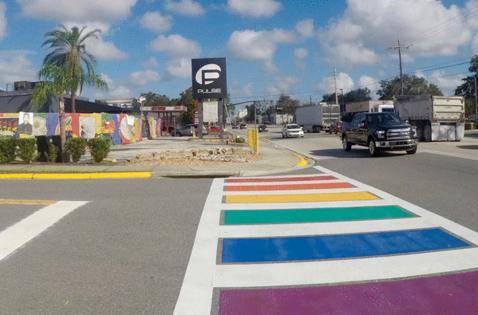







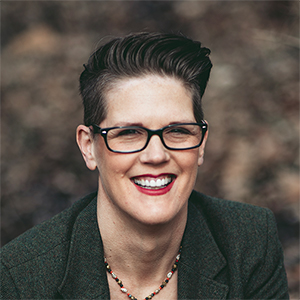









































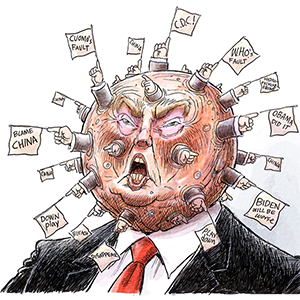
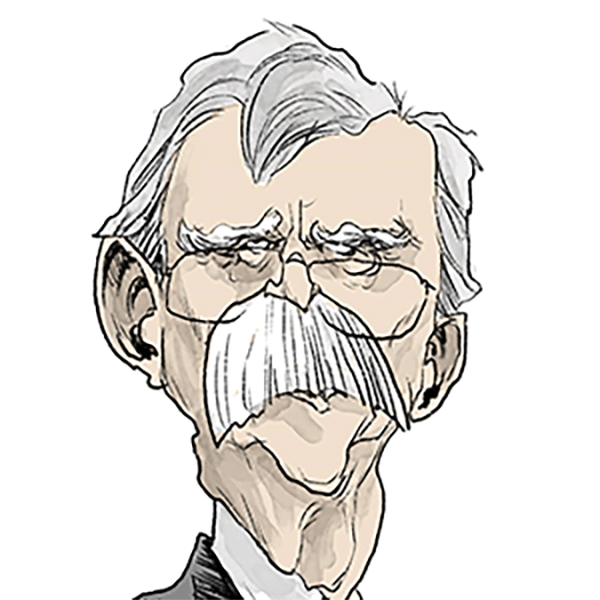
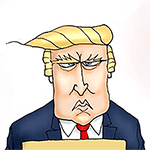


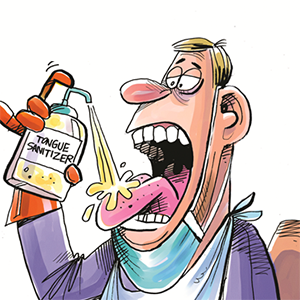
Comments